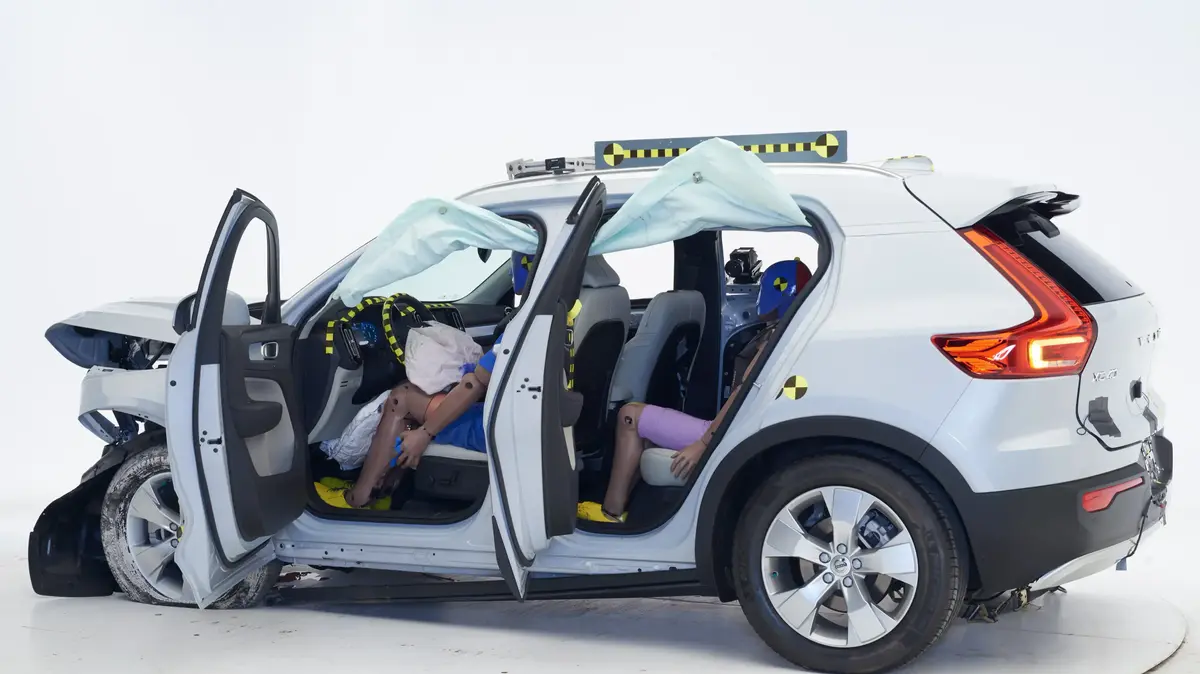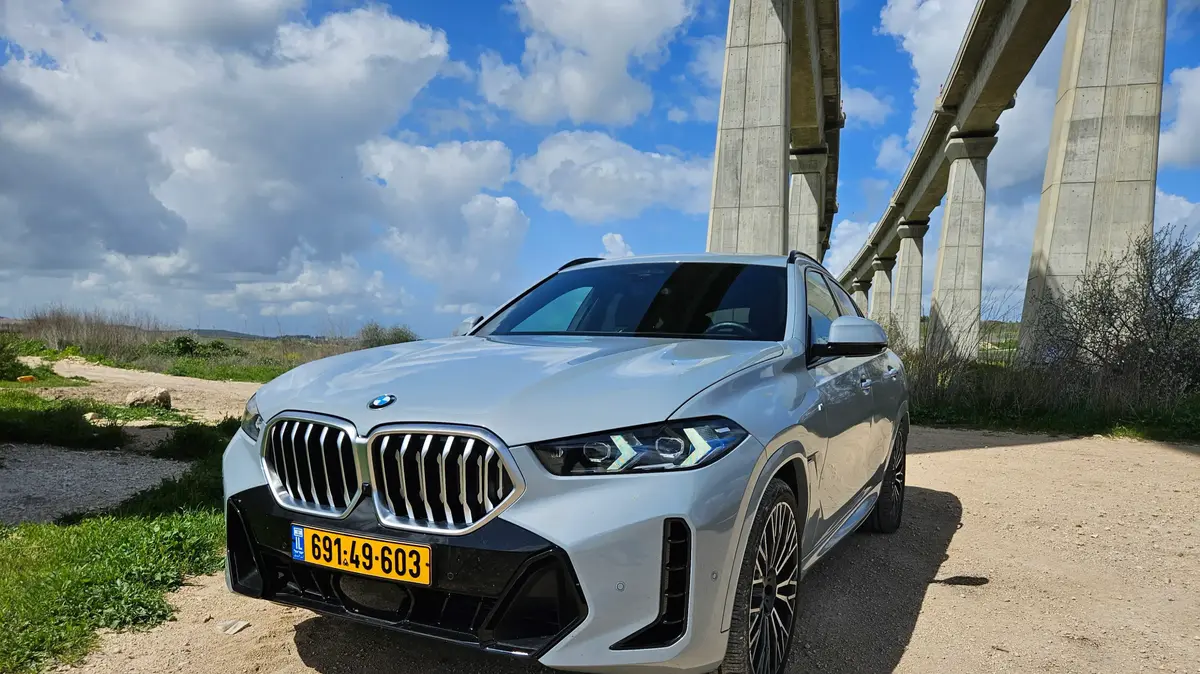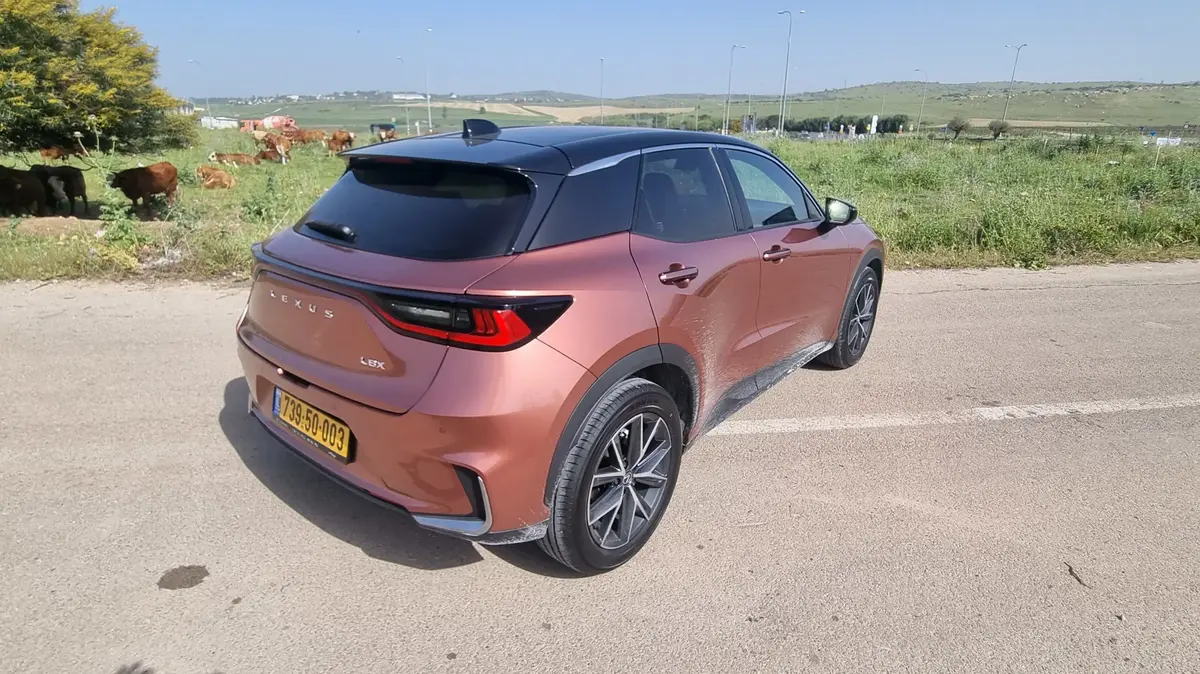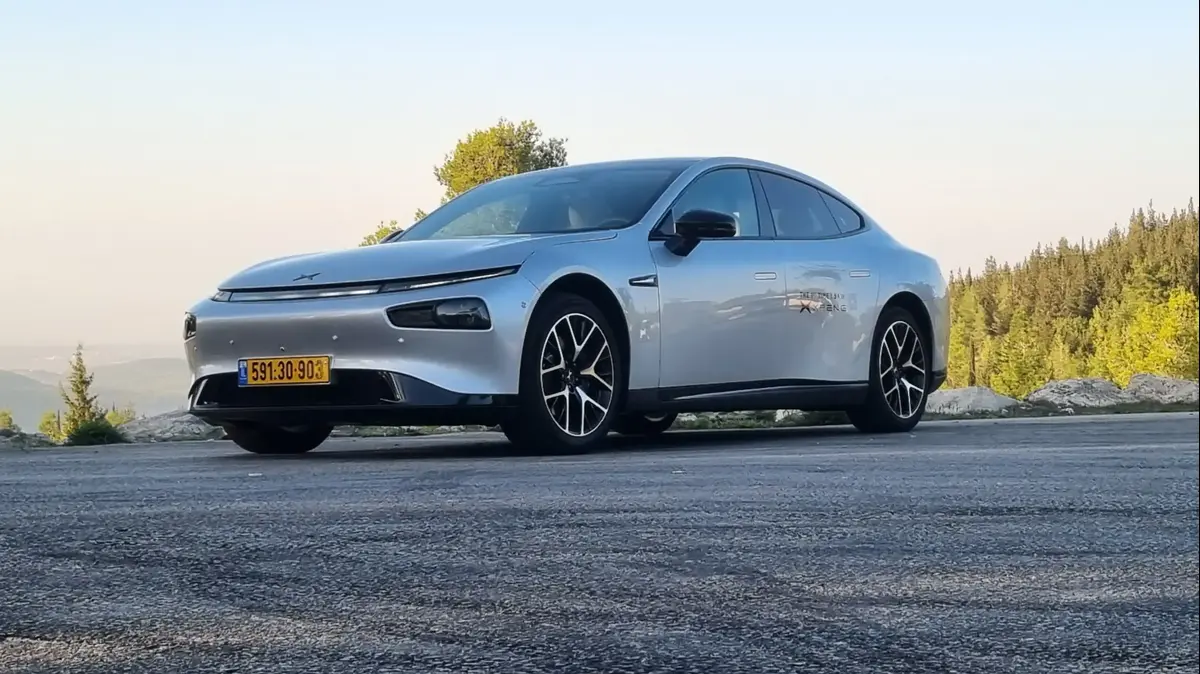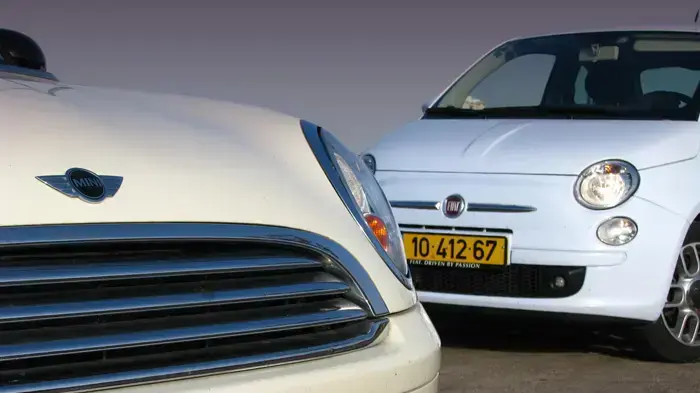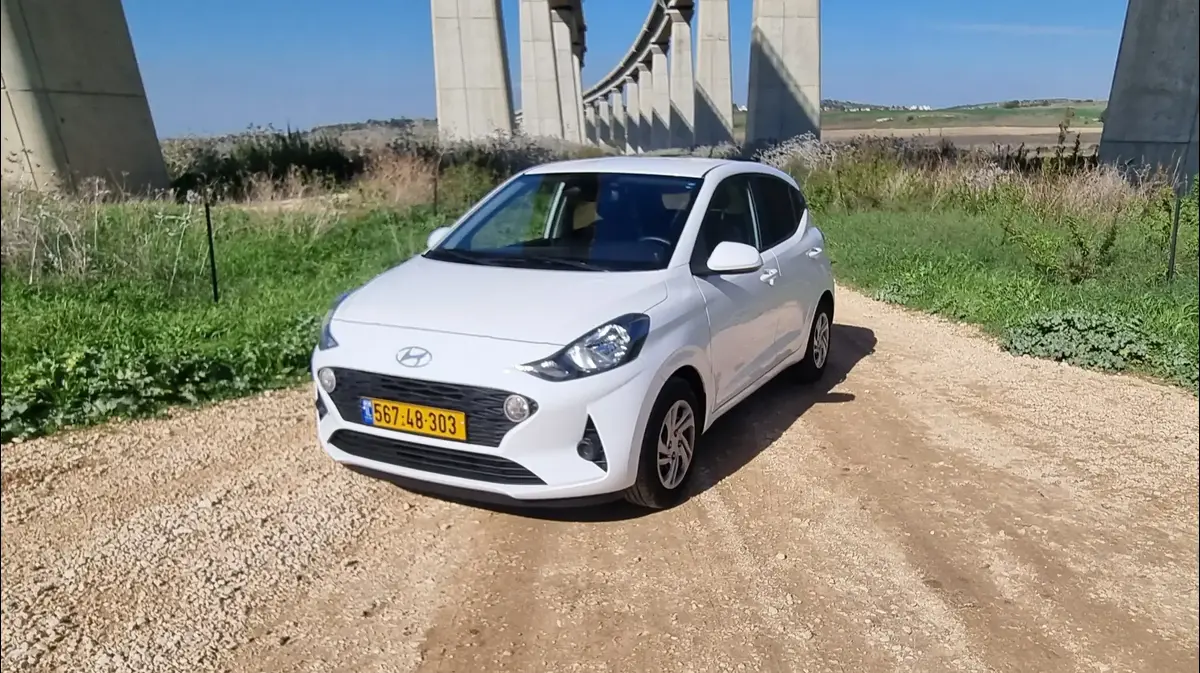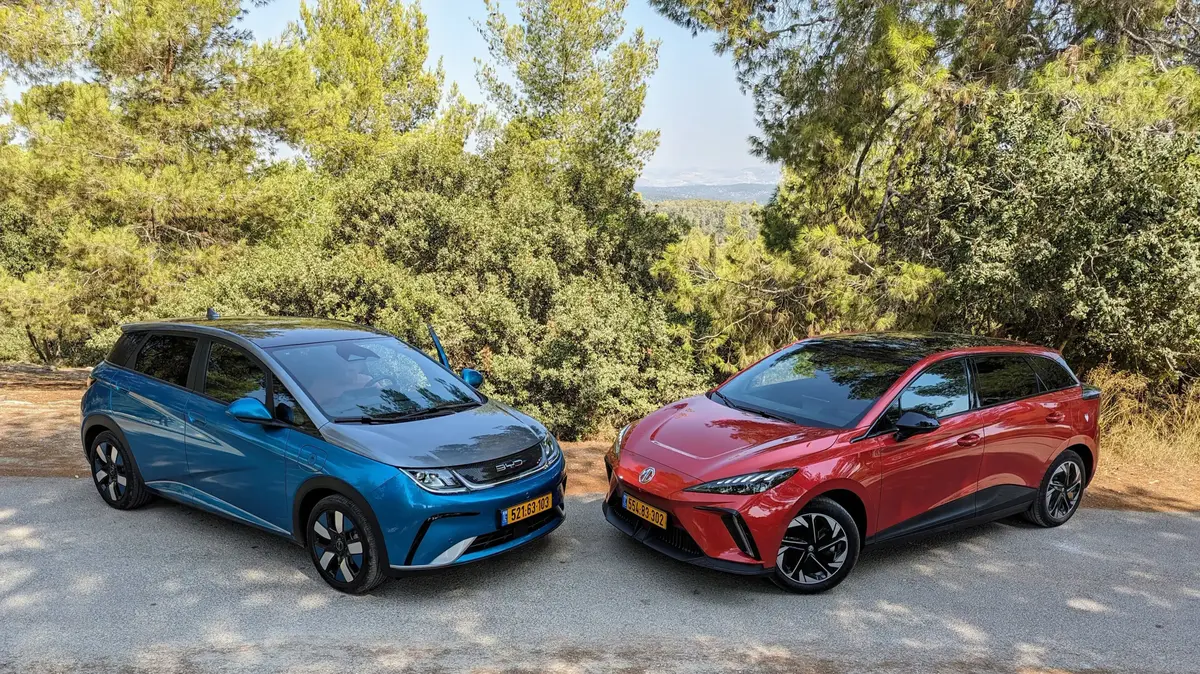Volvo XC40.
received the highest score (photo: IIHS)
You won't find this data in police accident reports, but there is a big gap in your and your children's chances of survival in an accident, just because of your position in the car.
Now, for the first time, a senior safety body is revealing this gap, ranking popular crossover models according to the level of protection they provide to those sitting in the back.
This is the IIHS, the American Institute for Highway Safety, a body funded by the insurance companies in the US, which try to encourage the insured to purchase safer cars, so that they will have to pay less compensation to them and their loved ones later.
The institute performs a significantly more severe crash test than the one performed by The federal safety authority, the NHTSA, is equivalent to the European safety test, the Euroencap, but this time the series of crashes dealt with only one aspect that is a bit elusive in the usual tests: the safety of the rear seat users.
Within 25 years: the chance of a serious injury to the driver decreased by 50%
Among 15 family Jeeps, only two demonstrated a level of protection good enough to achieve the maximum score, "Good".
One received the grade "acceptable" and three "borderline".
Another nine received the grade "poor".
Almost all the participating models are sold in Israel through regular importation, and few of them are only available through parallel and personal importation.
"The improvements made by car manufacturers to protect the front occupants have resulted in the fact that today the chance of a driver being killed in a car accident is 50% of what it was just 25 years ago. Our test is designed to encourage manufacturers to also invest in rear occupants," explained David Harkney, president of the IIHS.
When the institute's frontal crash test was launched in 1995, most of the cars tested failed it, receiving a "poor" score.
Today, almost all of them receive a "good" grade, but so far it is the one that focuses on the safety of those sitting in front.
This time, the IIHS people added to the crush dummy in the driver's seat, which simulates an adult man, another dummy strapped into the back seat, and which simulates a small woman or a girl about 12 years old. Only it did not have as many airbags and advanced seat belts as those that the manufacturers install in the front.
Only half of the vehicles have belts in the back that are quickly tightened on the body in the event of an accident, attaching it to the seat and preventing it from moving in the vehicle space, while in the front it is already standard technology.
The speed at which the crash test is carried out has not changed: 64 km/h, and it is designed to simulate a head-on collision between two vehicles moving at this speed. All 15 demonstrated good resistance to an accident of the vehicle's body and good restraint of the driver's body, so that his head would avoid a serious injury in parts of the vehicle, and other injuries. However, those sitting in the back did not usually receive sufficient protection for the head and neck, the most vulnerable parts of the body. The condition for excelling in the test was that even the doll in the back seat would not reach, in the measurement of the G-forces applied to it during the impact, those that could cause significant damage to the head and neck , for the chest, abdomen and thighs.
Mitsubishi Eclipse Cross.
High chance of head, neck and chest injuries (Photo: IIHS)
And at the time of the impact: the doll's head reached too low and the curtain cushion was unable to protect it (Photo: IIHS)
and for the results:
Volvo XC40:
"Good" score.
Justified the reputation of the Swedish company in the field, when no unusual loads were measured on the body of the crush doll, which remained tightly fastened to the seat.
Ford Escape:
"Good" score.
The crossover that replaced the Kuga, and comes to Israel in small numbers only through parallel importation, demonstrated similar performance to that of the Volvo, but the head restraint was not perfect, and it came too close to the back of the front seat during the impact.
Toyota Rav4: "Acceptable" score.
The very popular Japanese Jeep in Israel received a less good score, but still positive.
It protected the mannequin's head and chest well, but did not sufficiently brake the movement of the pelvis, which in reality would have exposed the passenger to abdominal injuries.
The belt also did not stop the movement of the doll's head so that it missed the opening of the side cushion, and collided with the window of the
Audi Q3, Subaru Forester and Nissan Rogue:
"Borderline" grade.
A higher risk of head injury was detected in Audi and Nissan, and a higher chance of chest injury in Subaru.
In the first two, the lower seat belt slipped from the pelvis to the abdomen, endangering internal organs.
In all three the doll's head came too close to the back of the front seat.
The Rouge is the twin of the new Nissan X-Trail that will soon arrive in Israel.
Buick Encore, Chevrolet Equinox, Honda CR-V, Honda HR-V, Hyundai Tucson, Jeep Compass, Jeep Renegade, Mazda CX5, Mitsubishi Eclipse Cross:
"Bad" score.
All nine registered a high chance of head, neck and chest injuries.
The seat belt exerted heavy pressure on the chest.
In the Mitsubishi and Hyundai the doll's head was too close to the back of the front seat.
In Tucson, Barangay and Anchorage the movement of the doll's head was not restrained by the side cushion.
The dummy's head barrage hit the crossbar.
In the Mazda and Honda HR-V, the dummy slid down and the lower seat belt reached from the pelvis to the abdomen, exposing it to internal injuries.
The Tucson sold in the US, it is worth noting, differs in its structure from the European model sold in Israel.
And how are they beyond safety? Click to our road tests and opinions,
crash stamp: first drive in a Volvo XC40
compact luxury in the test: Audi Q3
The new generation of the father of crossovers: Toyota Rav4
Not really any more Jeep: Subaru Forester
long-term test for Chevy Aquinas
still expensive, now with 7 seats: Honda CR-V
Did the facelift work?
Mitsubishi Eclipse Cross
vehicle
technology
Tags
Volvo
Mazda
Ford
Audi
Toyota
Mitsubishi
Honda

